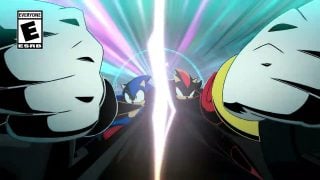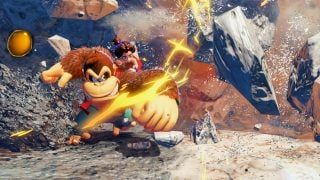Just three days remain until the launch of Pokémon Sword and Shield for Nintendo Switch, and while the fan community’s reaction to these games has been very mixed, we know there are plenty out there still thrilled to set off on a brand-new Pokémon adventure! I (and the rest of the Nintendo Wire team) wanted to lead up to the games’ launches by looking back at each generation of Pokémon games: their strengths, their weaknesses, what they brought to the series, and even what they took away.
Yesterday, we looked back on Pokémon Generation IV; on Sunday, we reminisced about Generation III; on Saturday, we thought fondly about Pokémon Generation II; and on Friday, we did Generation I. Let’s continue on with Day Five of the Sword-and-Shield countdown by looking back at Generation V: Pokémon Black, White, Black 2, and White 2 Versions.
Wonderful dreams and ideals give you the power to change the world! If anyone can, it’s you!
My opinion of any particular Pokémon generation is like the tide – it ebbs and flows, but is destined to remain at roughly the same level of appreciation just about no matter how the end product feels. The Pokémon series is an “old reliable” for me: a comfort food I indulge in every year or two when a new entry comes out, enjoying the good and shrugging off the bad. It isn’t as if the series hasn’t attempted innovation over the past twenty years, but most of the time it feels more like mild twists than actual evolutions — like sprinkling some parsley on top instead of changing the recipe. I’ve seen these Pokémon countless times before, after all: one can only run into a cave Zubat so many times before it becomes old hat.
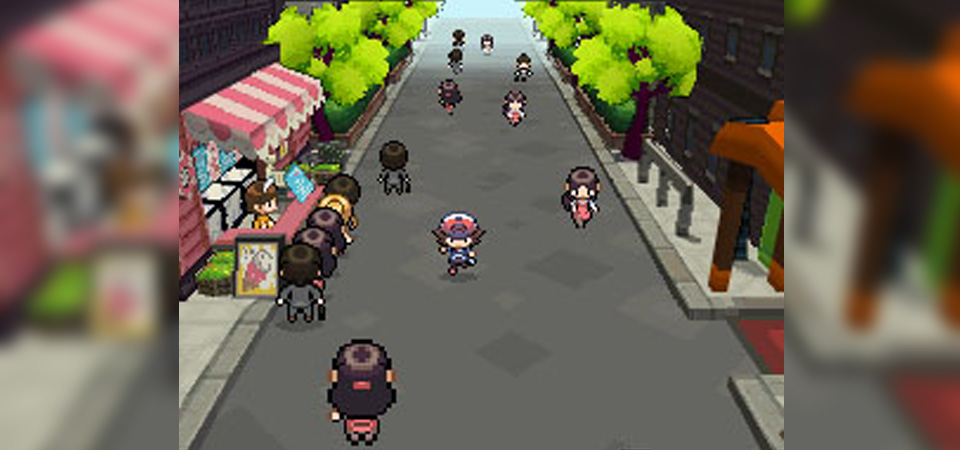
But there was one time when, for a brief, iridescent moment, Pokémon captured a spark of change. With its fifth-generation titles, Pokémon Black and White, Game Freak looked both backwards and forwards to try and push the series out of its stagnation, and it resulted in the first Pokémon generation that really felt like it was trying to distinguish itself from what came before it — for better or for worse. And in my opinion, it was much, much better.
Prior to Generation V, Pokémon stories were pretty thin affairs – you were off to become the champion, there was a bad guy team that wanted to do bad things for weakly justified reasons, and some Legendaries pop up so you can catch and battle them. Black and White offered what felt like the first Pokémon plot with actual themes and ideas to consider, putting a long-held meta observation about the series under scrutiny: “Isn’t catching Pokémon and making them fight just animal enslavement?” Via a conflict between the protagonist and Team Plasma, a PETA-like organization that seeks the liberation of Pokémon, the game attempts to actual examine the ramifications of its own universe, charting out the first Pokémon story with actual gravitas.
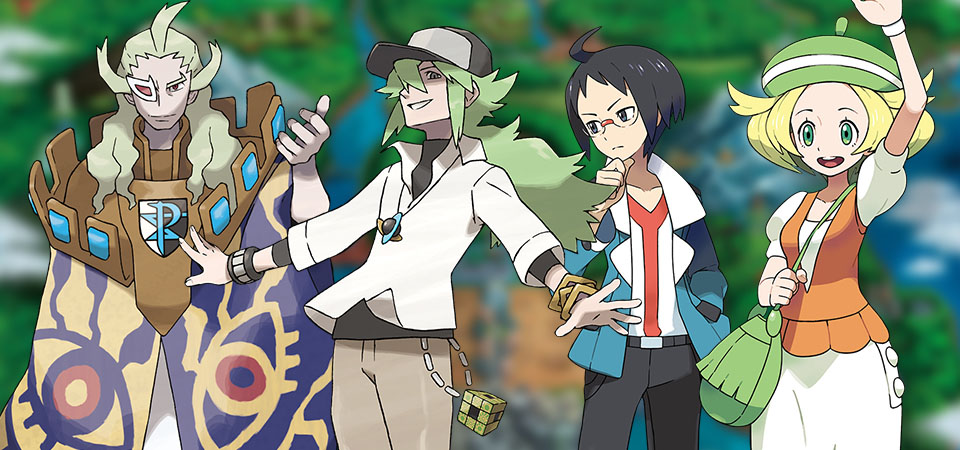
Assisting in that is one of the best casts the series has ever offered. Cheren and Bianca provide contrasting rivalries that end up displaying some fairly nuanced character growth — Cheren learning that there’s more to strength than simply winning and Bianca growing to understand what she wants to do with her life. Gym Leaders feel like they serve more of a function than mere video game bosses, being actively involved in the plot and offering their own perspectives on the game’s questions. Ghetsis is a fairly obvious big bad, but has just enough slimeball charisma to come across as an effective charlatan who could dupe the masses into believing his overly moralistic preaching. Not to mention the best of them all: N, a pondering anti-villain whose desire for moral clarity only highlights how uncertain and blurry a lot of actual ethical issues are.
The story isn’t perfect – it never quite engages its questions to the fullest of their implications, and the terms “truth” and “ideals” are treated pretty interchangeably — but it’s a much fuller effort to deliver a thoughtful narrative than Pokémon games had done previously, something the series has been trying to live up to ever since, albeit with mixed results. If nothing else, Black and White’s story shows an attempt to deliver a more mature Pokémon story, one with a consideration of its aging audience now in mind.
Of course, there was much more to Gen V than its writing. The most eye-catching change was that no old Pokémon would appear before the end of the game, instead giving you 150 new monsters to catch and train. This “refresh” of the franchise drew the scorn of some, but paid off wonderfully to me — finding a whole region’s worth of new Pokémon to discover for the first time put my back in the Game Boy days like nothing else has, and from such a simple idea (if one tricky to pull off in execution). The fact that you weren’t running into the old Rattatas and Tentacools made Unova feel like a region distinct from every one that came before it, full of unfamiliar faces that were just waiting to be loved.
![]()
Now, the Pokémon of Gen V don’t seem to be too kindly looked upon in certain circles. I get it – increasing the quantity doesn’t necessarily increase the quality, and there’s plenty of stinkers among the designs (however, Garbodor is not one of them; leave my trash bag son alone!!!). But there’s also a plethora of fantastic new Pokémon that more than make up for it. Bug-Types got their day with awesome ‘mons like Scoliopede and Durant. The Scraggy line consists of funny-looking hoodlum lizards who have a hard time keeping their pants up. Whimsicott, Joltik, and Lilligant are some of the cutest Pokémon I’ve ever seen. America became personified in the wings of Braviary. And Golurk is a giant ghost robot who can fly. What’s not to love? Sure, you couldn’t get an Alakazam like old times, but aren’t Pokémon players constantly complaining about the games being too much like old times anyway?
You can’t change the world without a little pain.
Now, on that note, Gen V wasn’t exactly the most revolutionary from a core mechanics perspective. Much of the base gameplay was very similar to the groundwork Gen IV laid out, so in terms of innovation on that front there isn’t a lot to mark up. Still, Generation V introduced 156 new Pokémon — without any evolutionary relatives of previous Pokémon — as well as 92 new moves and 41 new Abilities. Black and White also debuted Triple Battles, Rotation Battles, and “dark grass,” where Double Battles against wild Pokémon can occur.
Seasons made their first and only appearances in Gen V, which alternated every in-game month and changed events and Pokémon appearances throughout Unova. Camera placement was made more varied, with curvatures added in places like Castelia City, Dragonspiral Tower, and Skyarrow Bridge. Also, Poké Marts were combined with Pokémon Centers, the Entralink (which allowed players to visit each other in-game instead of just the Union Room or Underground) was introduced, the entirety of Pokémon back sprites could now be seen, and battle music would change under certain conditions, like when having low HP or a Gym Leader sends out their final Pokémon. Regular music in the overworld would also change, with instrumental layers that would activate and deactivate when the player walks or stops, and instruments that change depending on season.
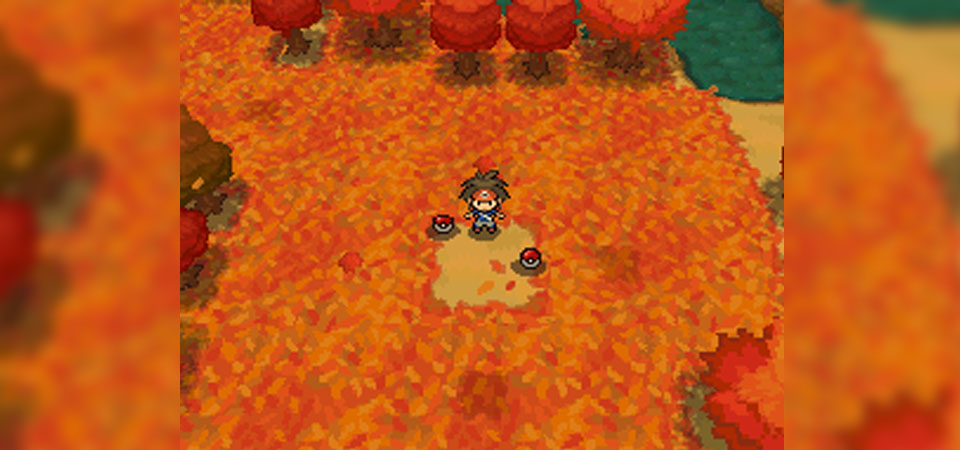
There was a lot of iteration, especially in the presentation, that breathed new life into the old formulas. For the first time during battle, Pokémon moved beyond initial start-up animations, and the animated 2D sprites are still the most charming look the series has ever had. The overall UI adopted a sleek, semi-monochromatic look, with sharper edges and sleeker transitions that stood apart from the rest of the series kinda bubbly prompts and buttons. Online and local play was streamlined immensely thanks to the C-Gear implements, making wireless Pokémon battles a cinch for the first time ever.
Despite all this, Gen V also took a few things away from the series, removing features like Contests and the Pokéathlon but replacing them with Pokémon Musicals, Pokéstar Studios, and the Pokémon World Tournament. Also removed were Seals and Ball Capsules, encounter rate differences based on time of day, the Game Corner, the requirement to battle the Elite Four in a set order, and poison affecting Pokémon outside of battle.
Gen V also has a lot of distinctions that set it apart from other generations. Generation V introduced the most new Pokémon to the series, with five more than the original Gen I did, and the most Gym Leaders, with 14. It’s also the only generation in which Pikachu isn’t available without transferring from the previous generation, two sets of player characters were introduced, the man in Pokémon Gyms who advises the player is named (“Clyde”), and a pair of sequels to its original paired games was introduced. Gen V is also the first generation to not feature Professor Oak or the Kanto region, the first since Gen II to not include remakes of previous games. and to not introduce any Baby Pokémon.
Discover whether you have what it takes to be a hero!
We can’t discuss Generation V without bringing up the soundtrack. There are so many bangers here I don’t even know where to begin. The Legendary Pokémon track is a frenetic electronic track that pumps you up for every single encounter with the mythical beasts. N’s Final Battle theme is a similarly chaotic arrangement of discordant hype. Ghetsis’ Theme is ominous, right down to a Gregorian choir chanting his name. Heck, the music is so great that the game’s sad, emotional song is a straight up ripoff of the Mother 3 Love Theme. I mean, you can’t find a more emotive song than that one, so it was really a good decision.
There are other flaws the naysayers will fixate on. Some decry the games as linear — sure they are, just like most Pokémon games (Gens I and II are really the only ones where you have choices in your objectives at any point, and even then a good chunk of both games are straightforward), and I don’t really find that to be a negative. They’re handholdy and overly tutorialize — yeah, it’s a game for four-year-olds, I still don’t see you beating Ghetsis’s Hydreigon that easily. Ice Cream Pokémon is a stupid concept — I didn’t see you saying the same thing about a literal pile of sludge with cartoon eyes back in 1997, but hey, whatever man, that’s your opinion. Black and White have their flaws, to be sure (Chargestone Cave sucks big time), but it was around this time that a lot of the dissidents towards new Pokémon games started to feel really nitpicky in their criticisms.
And if that pair of games wasn’t good enough, Gen V remains the one and only Pokémon generation to actually give us sequels. Black 2 and White 2 replaced the traditional “third version” by actually offering new story, new content, and a smattering of older Pokémon mixed in with the Unova entries to make an entirely new experience. Between the Pokémon World Tournament (where you could battle trainers from previous games), a movie studio full of film challenges to tackle, and plenty of post-game content to seek your teeth into, Black 2 and White 2 managed to feel like the first double-dip in a generation that felt actually justified in its existence.
If changing the world makes you a hero, anyone can become a hero. As each of us changes what is in our power to change, so the world itself changes.
If I had to pin down just one reason why Gen V worked so well, it’s “nostalgia.” By recreating the original conditions that Pokémon first appeared in — 150 Pokémon, all new, no wits about you — while packing in all of the new features and iterations Game Freak had worked on for the past decade plus, it created a verisimilitudinous recreation of what it felt like to play Pokémon for the first time. Unfortunately, I think a lot of people didn’t get that, and just missed the older Pokémon they had grown to love. That’s the flip side of the issue: a lot of the time you’re not nostalgic for a feeling, but for the idea or icon that you attach to that feeling. And here, that means all the difference.
As much as I talked it up, Gen V wasn’t some grand reinvention of Pokémon as a franchise, or some emboldening new take on its conventions. But to me, it felt like the apex of what Pokémon, in its current state, can do: providing a grand sense of discovery and adventure, showcasing new creatures for you to fall in love with, making you care for the people and animals on screen with some good old fashioned pathos. In the rising and falling of Pokémon’s waves, Black and White was the franchise at its high tide — polished, refreshed, and full of earnestness for its subject matter.
What’re your thoughts on Pokémon Generation V? Let us know in the comments and be sure to catch us tomorrow for our retrospective on Generation VI!
Leave a Comment